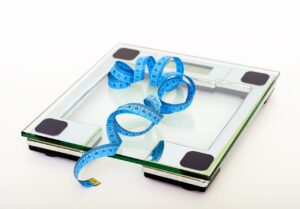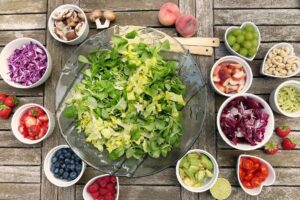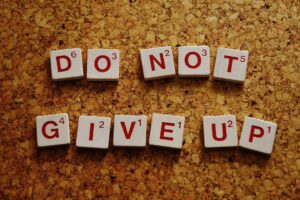Tackling Obesity
We know that obesity is on the rise and increases the risk of type 2 diabetes, coronary artery disease, stroke and other metabolic disorders. In terms of cancer, obesity is now thought to be the second highest preventable cause of cancer (associated especially with the risk of developing breast and bowel cancer) with more than 1 in 20 cancer cases caused by excessive weight . Based on data from Apr 2017 to Dec 2018, a staggering 29% of adults and 20% of Year 6 children were classified as obese in England. The majority of adults in England in 2017 were overweight or obese (64%) and in the US, 31.3% of adults were classified as obese; these numbers and rising trends are truly worrying. As a society, we really need to work hard to keep our weight down by being conscientious about what we eat even from a young age (Tackling Poor Diet) and to ensure we to do enough exercise (Tackling Lack of Exercise). At the end of the day, it essentially boils down to basic maths where the number of calories burned each day is directly linked to weight loss or weight gain. Sure, there may be variations to one’s level of baseline metabolism (conditions like an underactive or overactive thyroid may affect this) and other medical reasons (9 Medical Reasons For Putting On Weight) but clearly, what you eat & drink (in the context of soft drinks and alcohol) and how much you eat & drink greatly matters. Equally doing exercise and keeping fit will play a significant role in weight management.

Body Mass Index & Weight Circumference
The body mass index (BMI) is a measure that uses your height and weight to work out if your weight is healthy or not. You can use the BMI calculator below to obtain your BMI; this is calculated as your weight in kilograms (kg) divided by your height in metres (m) squared. Sometimes, waist circumference may give a better indication of whether someone has excess fat especially as muscular people can sometimes have a falsely high BMI. To measure your waist circumference, measure around your middle at a point half-way between your lower rib and top of your hips.

Some Facts
- As a guide, men need about 2500 calories/day and women need 2000 calories/day to maintain their weight.
- A person with a BMI of between 30 – 35 may die two to four years earlier than someone of a healthy weight.
- A person with a BMI of between 40 – 45 may die eight to ten years earlier.
- The health benefits of weight loss include reducing the risk of diabetes, stroke, heart disease, cancers, lowering blood pressure, decreasing joint pains, improving mobility, etc. Once you overcome the initial hurdle of putting your mind to action, it really is a win-win situation!
The science behind how your body knows you are full is a complex interactions of hormones and neurological pathways between the stomach and the brain. Having even a very basic understanding of this will likely help you to appreciate the importance of portion sizing and chewing well. I often mention to my patients that it is important to focus on not only what you eat and how much you eat but also, how you eat and when you eat (see Tackling Poor Diet).
Cancer Prevention Research >> Achieving Good Health & Resisting Cancer (n = 1) I Tackling Stress I Tackling Sleep I Tackling Smoking I Tackling Alcohol I Tackling Poor Diet I Tackling the Lack of Exercise I Tackling Sun Exposure I Tackling the Work-Life Balance I Tackling the Fear of Seeing Your Doctor I Cancer Screening I Cancer Vaccination I Genetic Testing






